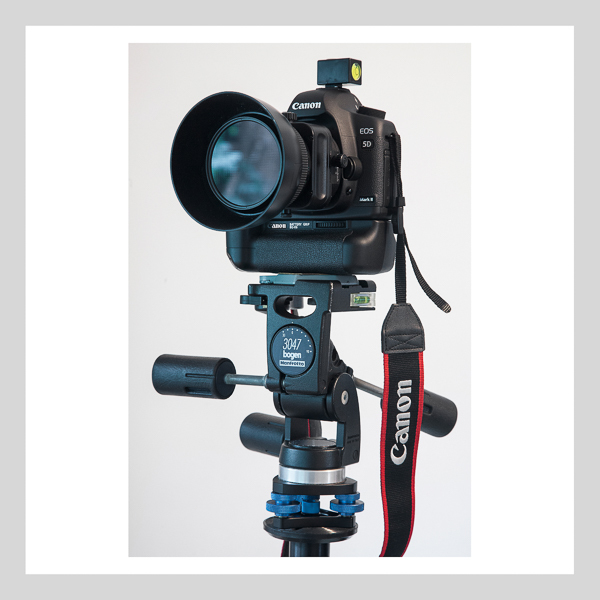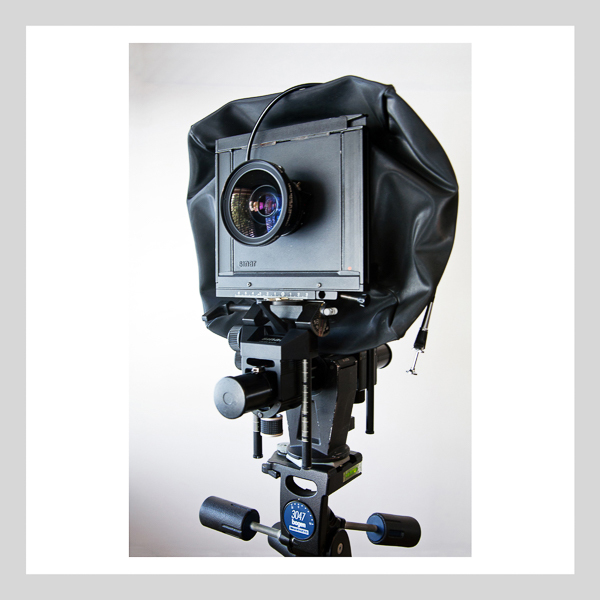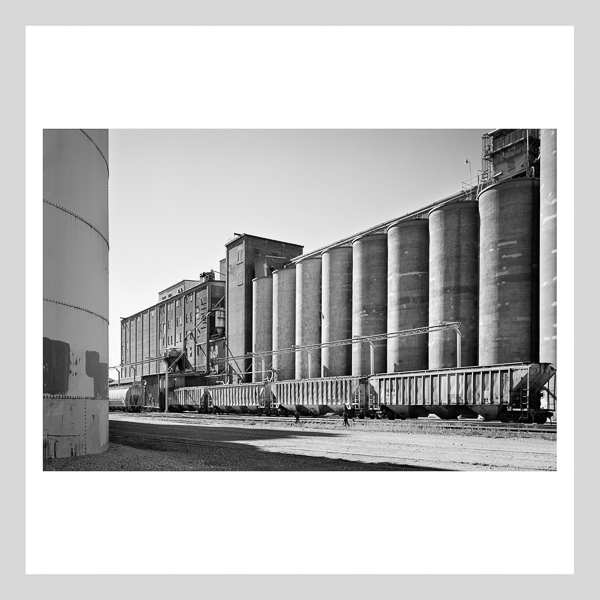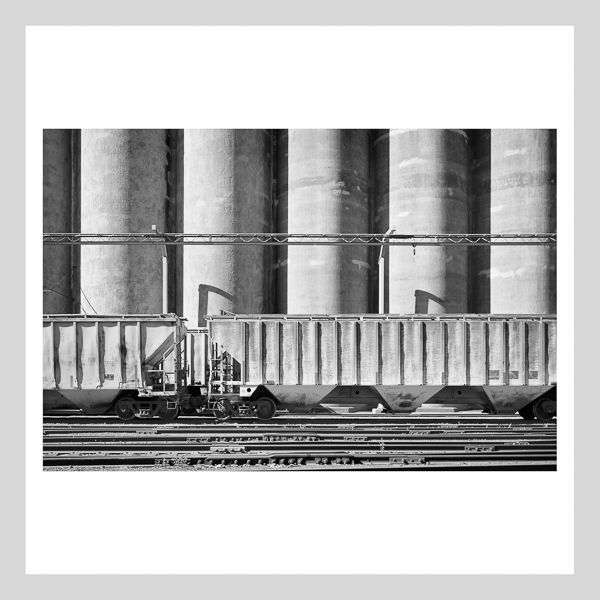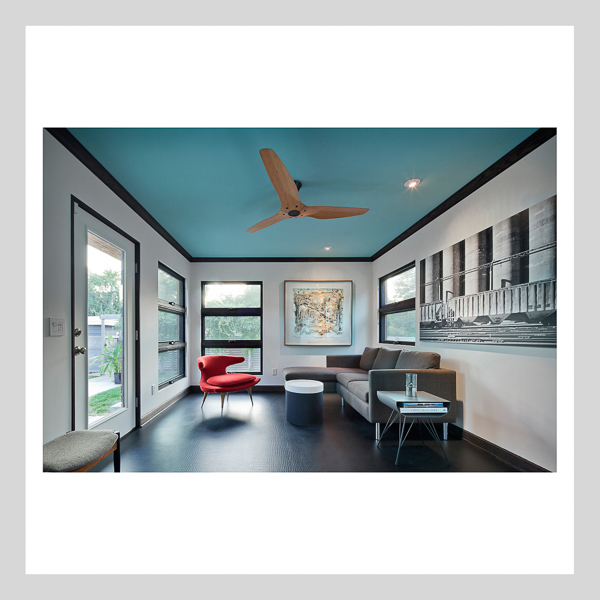Architectural Photography: View Camera or DSLR?
For decades the view camera has been the architectural photographer’s tool of choice. But things have changed. Advancing technology has seen to that.
In a previous post, I mentioned that most of my architectural photography in recent years has been done in color by direct digital capture, using a DSLR - i.e. a Digital Single Lens Reflex camera. My workhorse has been a Canon 5D Mark II, shown here with a 45mm Canon tilt-shift lens.
I’ve mentioned also that my 4" x 5" large format view camera - a Sinar F-1, shown here with a 120mm Schneider Super Angulon lens - has been mostly out of service, but certainly not out of favor.
So that begs the question: When, if ever anymore, does my view camera come out of its case?
For commissioned work, I generally use my 5D Mark II, which will produce high quality 21 megapixel direct digital images. A 21 megapixel image will yield a high quality ink jet print, sized to 20" x 30" x 180 pixels per inch. The view camera, despite its reputation as the king of architectural photography, is no match for the DSLR when it comes to portability, ease of use, and speed - all essential for shooting competitively in today’s marketplace.
The view camera, though, does have distinct advantages in certain circumstances. The DSLR is no match for the view camera when it comes to camera movements used for perspective control and managing depth of field. The view camera will also produce images of size and quality equaling or exceeding those produced by the largest digital sensors commercially in use at present.
Currently the Nikon D800 boasts a 36 megapixel sensor - way out in front of the field of high end professional 35mm full frame DSLR’s. Phase One offers three medium format digital camera backs with sensors varying in size from 40 megapixels (the IQ140), to 60 megapixels (the IQ 160), and 80 megapixels (the IQ180). The IQ180 with a 645DF camera body and a single lens retails for approximately $48,000 - well beyond the cost of a complete, high quality view camera system.
A high quality, high resolution drum scan from 4" x 5" film can yield a file size of 100 megapixels or more - approximately 3 times the file size produced by the leading 35mm full frame DSLR, and 1.25 to 2.5 times the size of the medium format sensors currently in use.
I shot the following images on my Sinar F-1, using a 120mm Schneider Super Angulon lens. The files are from high resolution, Heidelberg drum scans from 4" x 5" Kodak 100 T-MAX film. The scans were produced for me by friend, colleague and fellow photographer, Christian Korab.
These are both views of the rail corridor at 38th and Hiawatha in South Minneapolis. They were scanned at 100 megapixels, down-sized and finished in Photoshop, and then printed at 40" x 60" x 180 pixels per inch on one of Christian’s large format ink jet printers. In October 2012, they appeared at the Form + Content Gallery in Minneapolis, in an exhibit titled “Here I Am/Not”. Following is a view of one of the prints which was later hung in the home of friend, colleague and architect, Paul Mellblom.
There remain a whole host of photographers who are firm believers in film and the analog approach. I for one straddle the divide, and believe in both the digital and analog approaches when used to best advantage. For high quality, mural sized images, the view camera is still the tool of choice. No question in my mind that the use of film and the view camera will continue to flourish and will not fall out of favor anytime soon.
For more on the view camera, see: http://en.m.wikipedia.org/wiki/View_camera
For a larger look at the 38th & Hiawatha Images, see:
https://www.flickr.com/photos/peterjsieger/8105821910/in/set-72157631812808331/
https://www.flickr.com/photos/peterjsieger/8105822858/in/set-72157631812808331/
My Website can be found here: http://siegerarchphoto.com
My Behance Portfolio can be seen here: https://www.behance.net/peterjsieger
